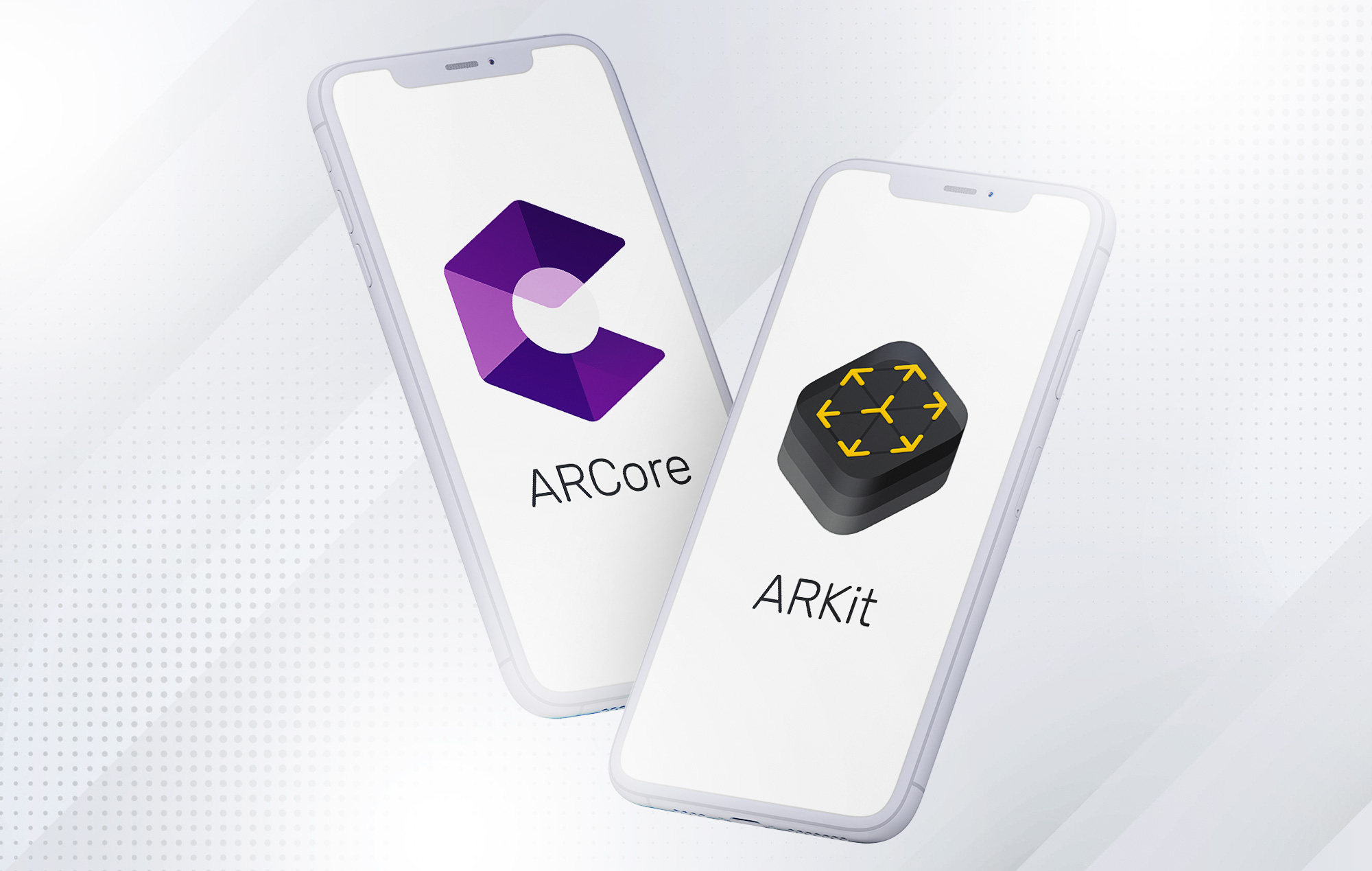
ARkit vs ARcore: Which Development Kit Is Best for Building Augmented Reality Apps? | CGTrader
ARKit and ARCore are software development kits (SDKs) released by tech giants Apple and Google. They enable developers to create augmented reality or AR-based apps that are tailored to today’s smartphones, and as such, both are vital tools for eCommerce companies.
In this blog, we compare these market-leading SDKs to help you decide which one you should choose.
Introducing ARKit and ARcore – Twin Tools for a New Age of AR
ARKit and ARCore are developer tools specifically aimed at Apple and Google products. Although useful for creating a range of AR-based projects, they were mainly created to feed the demand for advanced smartphone development tools.
Why do they matter? Well, Android operating systems developed by Google account for around 70% of all smartphone installations. While Apple’s equivalent iOS constitutes 26% of the market. That leaves just 4-5% of smartphone users on other platforms. Making these specialist SDKs essential for developing AR content for Android or iOS.
Both SDKs allow coders to take advantage of their respective tools like motion capture, location tracking, light sensors, and everything else that today’s smartphones deliver. Without these, creating AR experiences, 3D viewers, and early experiments with the Metaverse would be much harder.
Both kits work with light and movement sensors in similar ways, but there are some major differences. In some cases, it might even make sense to use both development kits for cross-platform projects. But in other situations, developers will need to make a choice between ARCore and ARKit based on their relative strengths, weaknesses, and example use cases.
ARKit is Apple’s development kit for AR-based iOS applications. It first appeared in 2017, before Google’s competitor emerged, and aimed to offer the “world’s largest AR platform”.
Available to everyone free of charge, ARKit sought to capitalize on Apple’s industry-leading camera tools and processors. ARKit was in its earlier days at that point, but Apple engineers already envisaged apps fusing real-world and virtual content.
Since then, ARKit has been updated for each new generation of iOS (we’ve reached ARKit 5 as of 2022). Each new iteration has added new functionality and placed more power in the hands of coders.
Pros
Cons
Use Cases – What can you do with ARKit?
Examples of ARKit projects include:
ARCore debuted in 2018, although it was built on Tango – an augmented reality development kit in use since 2014. ARCore started out as a pure Android SDK available via Google Play. However, this has changed somewhat, and recent iterations of the kit now cater for iOS as well.
Like ARKit, ARCore is designed to provide developers with the tools required to create immersive AR-based smartphone experiences. Strong points include light and distance estimation, as well as geographical tracking – three features that can be harnessed in some seriously exciting ways.
Pros
Cons
Use Cases – What can you do with ARCore?
ARCore has been used for a wide array of innovative projects, including:
Choose an AR Development Tool That Suits Your Project
Augmented Reality is one of the great new frontiers in eCommerce marketing and services. ARKit and ARCore provide the tools required to succeed in the growing AR field, providing ways to benefit from Apple and Google’s mobile technology.
Both kits have their strengths. For example, ARKit is better for image recognition and specific iOS tasks, while ARCore is better for general graphics manipulation and gaming. However, both are widely used and will continue to develop alongside the hardware they serve.
At CGTrader ARsenal, we can help you make the most of the latest AR technology. Our team can create 3D models that are perfectly suited to both SDKs, and help you find a solution to turn those models into winning customer experiences. Get in touch and discover more today.
This content was originally published here.


